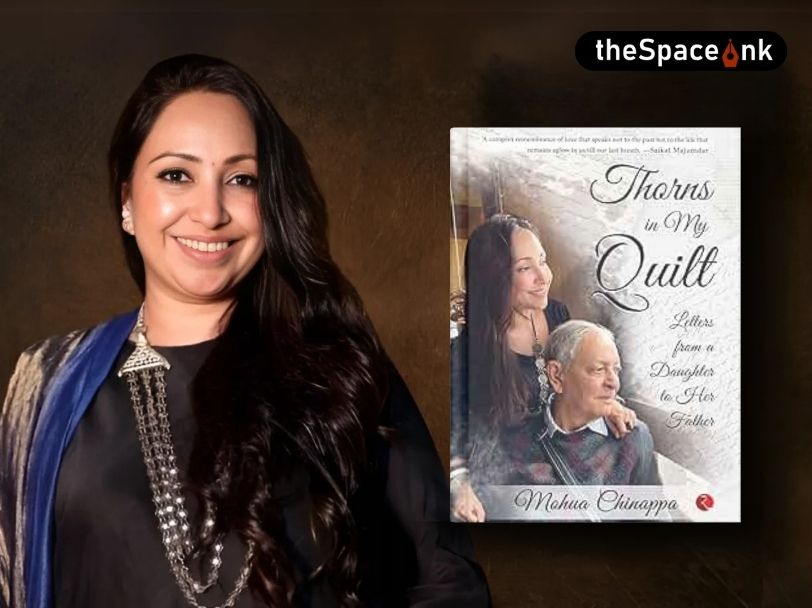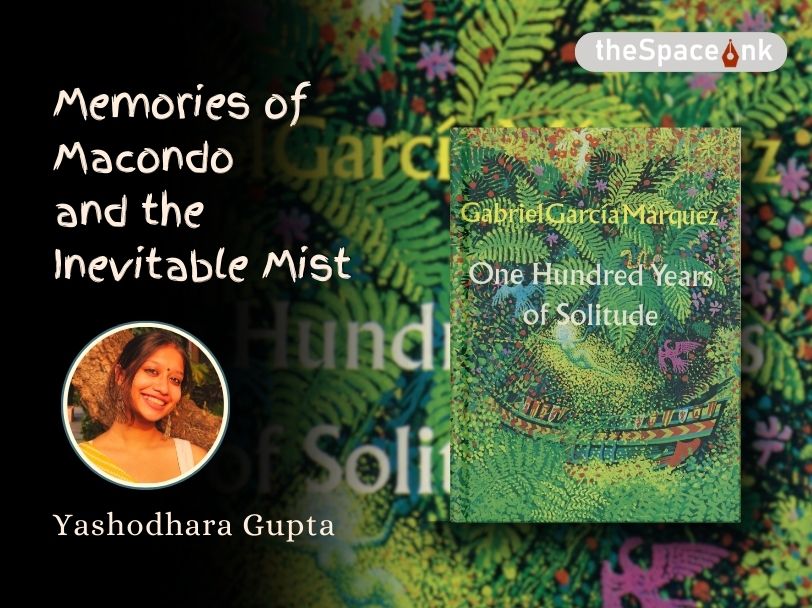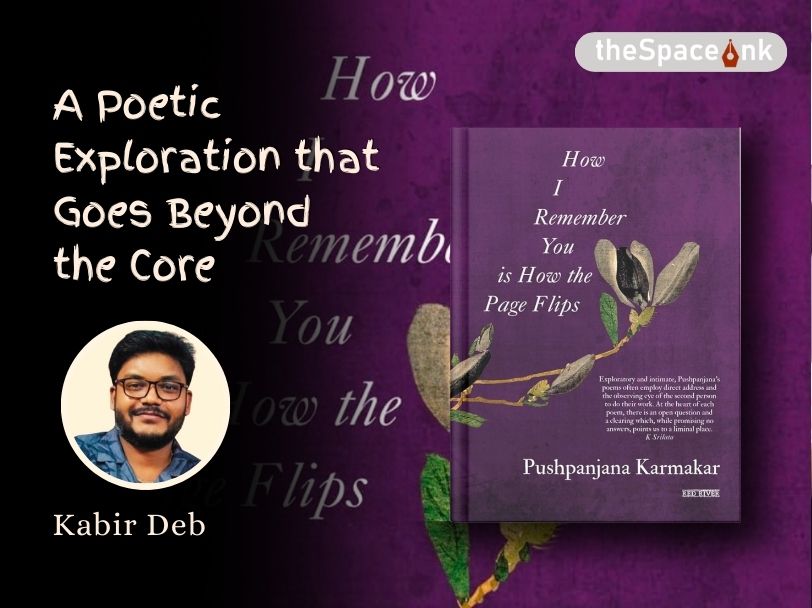Criterion Collection, a US-based distributor of great international masters, is restoring four of Bimal Roy’s classics in Bologna which is said to be the best laboratory in the world. It also plans to release these films for public exhibition across theatres in the Western world for the first time. This news is special because these films are more than 60 years old and it speaks volumes of the light in which the Western world views old Indian classics.
Which are the films being restored? Do Bigha Zamin, Devdas, Bandini and Madhumati. What is so timeless and memorable about these films? Let us take a closer look. He left behind a roster of brilliant film classics, mostly inspired from literature, for future generations to watch and imbibe and muse over.

Do Bigha Zamin (1953)
Though Bimal Roy embraced the aesthetics and ideological principles of neo realism, he was constrained by the reality of having to work within a set of limitations as ‘Do Bigha Zamin’ for all its socialist ideals was nevertheless a studio film. Working within the conventions of social/family melodrama genre, Bimal Roy integrated songs into the narrative which in the eyes of purists went against the stylization and escapist nature of what neorealism was trying to project. However, apart from this musical compromise, ‘Do Bigha Zamin’ is closer to the work of Vittorio De Sica than it is to many other neorealist films, especially when you compare the humanist depiction of the relationship between the father Sambhu and the son Kanhaiya. The parallels are striking when compared to ‘Bicycle Thieves’, most significantly in the idea of the son having to work tirelessly so that he can support his father’s desire to reclaim the ancestral land which rightfully belongs to him.
Read more: A Film and a Legend
Bimal Roy’s success in being able to integrate neo realist influences with the traditional trappings of the Hindi melodrama. Ideologically, the pessimistic ending illustrates that social oppression is something monolithic, inevitable and a hegemonic extension of industrial change and capitalist triumph[1]. It is one of the first films in India that explored the question of forced migration and permanent displacement. Salil Choudhury who wrote the story and composed the music of the film based it on a noted long poem by Rabindranath Tagore of the same name. The film is about Shambhu, a farmer who goes to the city in search of work. He aspires to make enough money to release his ancestral land from the grasp of the landlord. But the agricultural land is eventually taken over for industrial development. The film defines a powerful, scathing but restrained social comment on the destiny of the forced migrant farmers and small land-owners who are deprived of their rightful share. It tries to create a politically conscious milieu and an ethical awareness for social activism that are imperative to the proper functioning of a democratic nation. The melodrama and realism thus, accentuate the same national temperament[2].
Devdas (1955)
In 2005, Indiatimes Movies ranked the movie amongst the Top 25 Must See Bollywood Films[3]. Devdas was also ranked at Number 2 on the University of Iowa’s List of Top 10 Bollywood Films by Corey K. Creekmur. The film was also noted for its cinematography and lighting under Kamal Bose that enhanced the emotional torment of the tight-lipped protagonist played by Dilip Kumar.

Devdas remains Sarat Chandra Chatterjee’s most popular and timeless novel of all time. It was adapted to the celluloid some 18 times in several Indian languages. The social relevance of Bimal Roy’s Devdas lies in that it was the first film within mainstream Hindi cinema in Bombay, to place on celluloid, the social ramifications of a man of high birth who moves away from his feudal, upper-class roots in rural Bengal to the colonial city of Calcutta during pre-World War II years. It tried to explore the pain and torment of a young man, torn between his roots and his wish to run away to the city to escape the tragic reality of a lost love.
In the end, he tries, in vain, to run away from an anonymous death in the unfeeling city, by coming back to the village, in one last desperate attempt to renew lost ties. The harsh, heartless reality of the city has changed his perspective towards the village. He rejects the tempting illusions and fantasies the city once held for him. The city loses Devdas but the village too, refuses to accept him even in his ignominious, humiliating and tragic death. Only two women – Parvati and Chandramukhi, who operate like invisible, unwritten ‘guardians of conscience’ in the wreckage his life is reduced to, are left to grieve over his death.
https://www.youtube.com/watch?v=bJn224HQBeE
Looking back, Devdas, the character, is a failure in life, in love, and within his family. He is a bad son who is “whitewashed” by the author when he gives his share of the inheritance to his mother before walking away. He does not give it out of love or duty to his mother. He does it because he has already stepped into a world where his family, including the inheritance, have become meaningless.
Madhumati (1958)
Though the filmmaker’s admirers were taken aback by a film spilling over with what seemed to be commercial elements and a compromising storyline, Madhumati bagged the National award for Best Feature Film in Hindi and nine Filmfares — Best Film, Best Director, Best Music Director, Best Actor, Best Supporting Actor, Best Female Playback Singer, Best Dialogue, Best Editing and Best Cinematographer.
Critically, Madhumati remains the least written about by researchers and film scholars, perhaps because in their minds Bimal Roy, with Madhumati, distanced himself from his regular beat of rich literature with subtle social angles and found it difficult to place this film within his oeuvre. Rinki Roy Bhattacharya’s book Bimal Roy’s Madhumati: Untold Stories from Behind the Scenes (Rupa Publications, 2014) charts the unpredictable journey of the story that actually created the film, and the long cinematic travel across a span of time — 57 years — and space, in hilly pastures and narrow rivulets difficult in those days to even access, let alone shoot in.

Madhumati is full of elements mainstream cinema demanded at the time. Like a beautifully prepared dish by a master chef, all these ingredients of entertainment are blended so harmoniously and lyrically that the film remains a milestone in Hindi cinema.
The songs reflected the rich and enviable versatility of the music director Salil Choudhury and the lyricist Shailendra in the way they put together different genres of music within the film whose dominating mood was that of an ill-fated romance that finds happiness only in the rebirth of the lovers. In 2004, a bunch of music lovers did a survey on the top 25 albums of individual choices. Madhumati topped the list followed by Guide (1965), Pyaasa (1957) and Hum Dono (1961). When the film was released, as many as seven of its songs featured on the Top 10 list of Radio Ceylon.
https://www.youtube.com/watch?v=Ane1lQtbfvU
K Jaiswal, a faculty member at the Film and Television Institute of India, Pune, watched the film 14 times in a row as a student at the institute. The two song picturizations — ‘Suhana Safar’ and ‘Aaja Re Pardesi’ — are “next to impossible in terms of perfection”, he said. It is impossible to say which shot was taken indoors and which outdoors, especially when the scene was supposed to be representing the exterior ambience. The hilly landscape with clouds dotting the skies is beautifully juxtaposed against the eerie mansion that forms the epicentre of the drama.
Bandini (1963)
Bandini is the first Hindi film to depict the story of a woman prisoner imprisoned for life for a murder she committed and confessed to without making any plea for forgiveness or harbouring any sense of guilt. The story is told mostly in flashback from Kalyani’s point of view. For most of the time, she is present within the cinematographic space of the film either visually or within the soundscape of the film, also used at times as a device to move back into her past.
Bimal Roy used imagery and sound beautifully to convey the changing and sometimes volatile moods of Kalyani, enacted by Nutan in the most powerful performance of her career. Bimal Roy changed the name of the original character (from the book) from Hena to Kalyani. Kalyani, derived from the word “kalyan” meaning “welfare” is turned into an adjective in Kalyani that defines a woman who is born to work towards the welfare of fellow-beings. Bimal Roy remained staunchly faithful to Jarasandha’s (Charuchandra Bhattacharya) original story titled Tamasi. The Bengali film version in 1958 retained the title but made significant changes in plot and character.

Bandini could be said to be Bimal Roy’s ode to purity, the most striking aspect of the film being its simplicity. It also stands apart in being a woman-centric film in an industry which has traditionally been the playground of heroes (and anti-heroes). Bandini makes no attempt to iconize the character of Kalyani nor does it place her on a higher pedestal or make her a martyr to any cause. Unlike many films with the woman as the protagonist, Kalyani does not have any agenda– individual, social or collective and nor does Sujata. They are very ordinary women placed in positions of crisis over which they have no control. Kalyani is not just condemned but she is an actual convict and the film makes no effort to clear her of her crime[4].
If the cinema of Bimal Roy can be placed in perspective, one might qualify it as being unquestionably democratic in story, language, characterisation and plot. His cinema neither addresses nor revolves around what may be termed the ‘privileged class’ or restricts viewing access to privileged communities and audience because, except for the spoken language in the film, everyone will be able to understand what the film is trying to say about whom and how even if one cannot always identify with the predicaments shown in them without feeling distanced, alienated or alone.
Notes:
-
Ahmed, Omar: Do Bigha Zamin/Two Acres of Land, Senses of Cinema, 27th January, 2009.
- Ibid.
- http://www.listal.com/list/india-times-top-25-mustsee
-
Ziya Us Salam, Bandini, The Hindu dated October 1, 2009
Shoma A. Chatterji is a freelance journalist, film scholar and author based in Kolkata. She has won the National Award twice, in 1991 and 2000. She has authored 26 published titles of which 14 are on different areas of Indian cinema. She holds two Masters Degrees and a Ph.D. in History (Indian Cinema). She has also won a few Lifetime Achievement Awards from different organizations over time.








